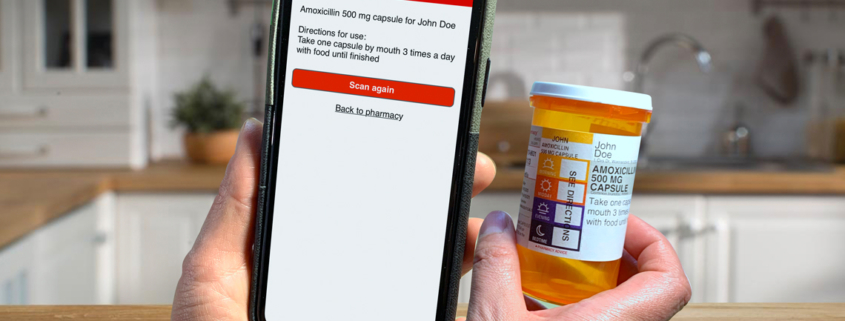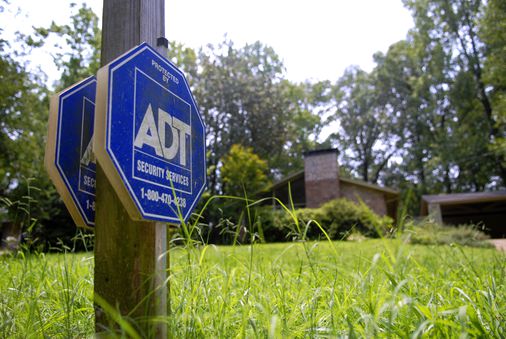Talking Labels Aid the Blind With Prescriptions
Not for over-the-counter drugs
One drawback to these talking RFID labels is that they’re generally used for prescriptions only, and not for over-the-counter drugs.
“This one area of our advocacy has been the most challenging,” Bridges says. “Obviously, we wanted to focus first on prescription drugs because they’re the most critical to our own health.”
Neva Fairchild, national aging and vision loss specialist at the American Foundation for the Blind (AFB), uses the CVS app and sometimes braille labels for prescription drugs.
“You’d be amazed how much an ibuprofen feels like an iron pill feels like an allergy pill,” she says.
Pharmacist-recorded solution
Other companies offer additional solutions. Walgreens stores have a Talking Pill Reminder that is free for people who self-identify as visually impaired. It costs about $10 otherwise.
Dosing directions and label information that a pharmacist records are played back when you push a button on a Talking Pill Reminder, which attaches to the bottom of most prescription vials. It can record up to a 30-second description.
The Seeing AI app for the iPhone from Microsoft can read aloud the short text it sees in front of the phone’s camera, including what appears on a prescription bottle. The versatile app has other functions, such as identifying people and the denominations on currencies.
“The reason I find [Seeing AI] particularly useful is you don’t have to specifically know where the text is if you’re trying to scan a pill bottle,” Aaron Preece says. He’s editor-in-chief of AccessWorld, AFB’s technology magazine.


